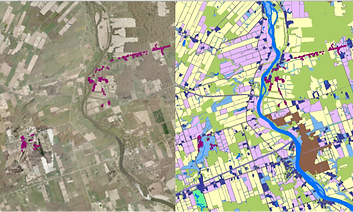BASELINE GLUCOCORTIOCIDS AS CONSERVATION BIOMARKERS



Glucocorticoids (GCs) are often considered robust indicators of environmental quality, disturbance level, and fitness in wild populations. However, since most investigations have been unable to examine GC levels, habitat quality, and fitness simultaneously, such interpretations have not been adequately validated. In our paper in Oikos, we examined whether baseline plasma GCs could simultaneously reflect environmental quality and fitness in female tree swallows. Our results indicated that environmental changes such as food availability can have consequences for body condition, behaviour, and current and future baseline GC levels without influencing fitness. In addition, differences in fitness components between habitats differing in disturbance level may not be reflected by GC levels. As a result, baseline GC levels may not simultaneously reflect environmental quality and fitness, potentially limiting their application as conservation biomarkers in some systems.